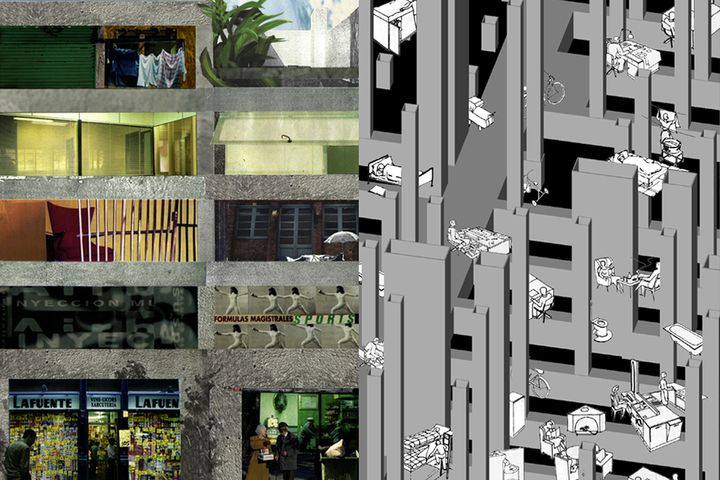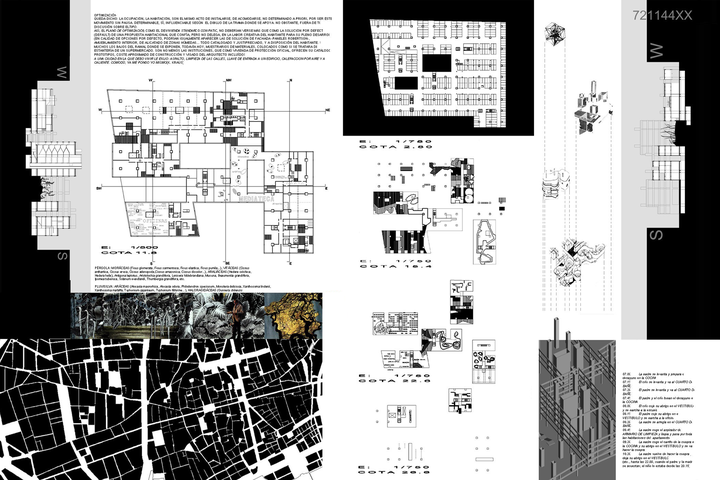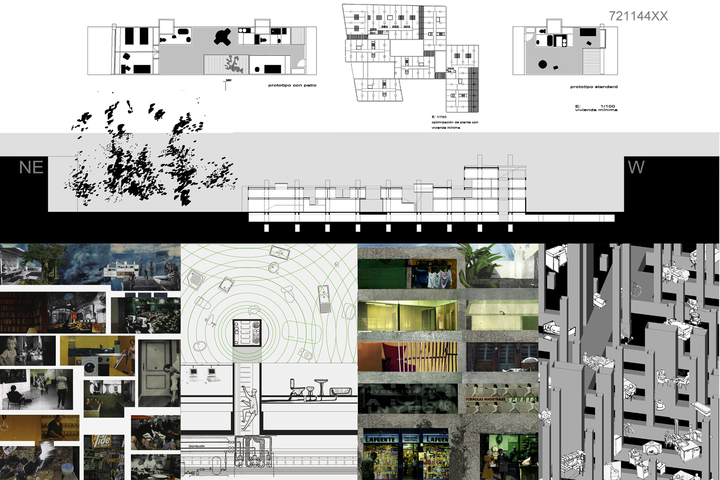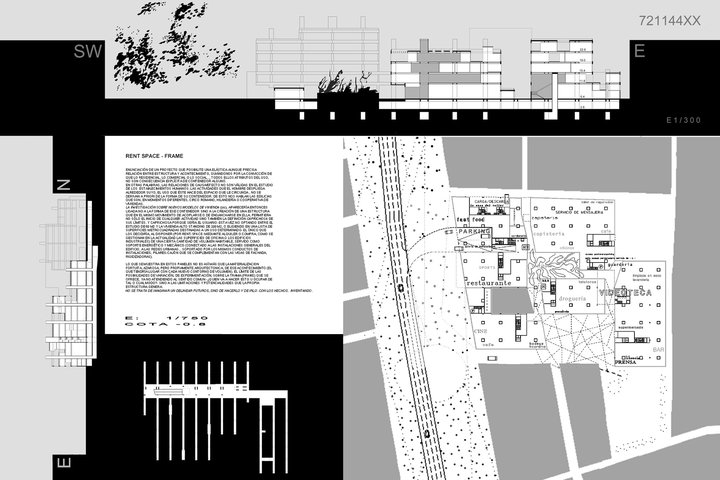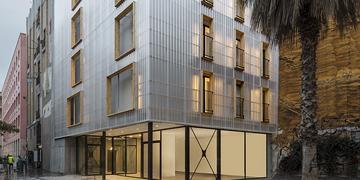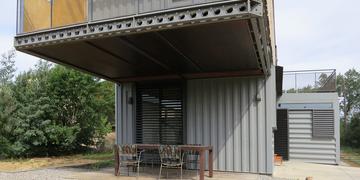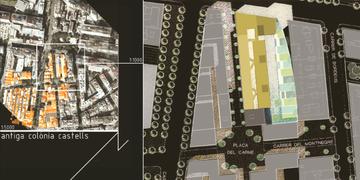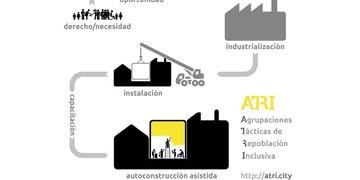UIA 96
Housing on the Rambla del Raval
How far can the spatial, formal limits of use, management and ownership of a dwelling be forced? Is the current regulation compatible with the redefinition of housing and its flexible accumulation? Through participation in the competition hosted by the International Union of Architects (UIA), a research on new housing models is developed.
Attributes of use and volume
The project allows flexible and precise relationship between structures and events, guiding us by the conviction that the attributes of use (residential, commercial or social ...), are not the explicit consequence of their volume. The activities displayed by an individual or the uses made of the surrounding by an inhabitant, do not derive a priority from the shape of an inclosing volume. This project received an award from UIA.
Our research on new housing models is not so much related to the act of shaping its boundaries, but to the creation of a (infra)structure that acts as a frame to be colonized, allowing not only the development of any activity but also the capricious definition of its limits.
Capricious because the user would be the only one who would decide on them, opting for rent-space: Currently how office areas or industrial buildings are managed, with a certain amount of living space serving as energy and mechanical support. Connecting to the general facilities of the building, and to urban networks. Supported by the same installation ducts, and pillars that are complemented by the facade beams.
The optimization plan, such as standard housing or patio, is the default solution of a housing project that trusts - but does not delegate - the creative work of the inhabitants for its full development. As a default option, they could appear as a façade solution, interior furnishing, tiling of wet areas, all cataloged and justly priced, available for the inhabitants.
Attributes of use and volume
The project allows flexible and precise relationship between structures and events, guiding us by the conviction that the attributes of use (residential, commercial or social ...), are not the explicit consequence of their volume. The activities displayed by an individual or the uses made of the surrounding by an inhabitant, do not derive a priority from the shape of an inclosing volume. This project received an award from UIA.
Our research on new housing models is not so much related to the act of shaping its boundaries, but to the creation of a (infra)structure that acts as a frame to be colonized, allowing not only the development of any activity but also the capricious definition of its limits.
Capricious because the user would be the only one who would decide on them, opting for rent-space: Currently how office areas or industrial buildings are managed, with a certain amount of living space serving as energy and mechanical support. Connecting to the general facilities of the building, and to urban networks. Supported by the same installation ducts, and pillars that are complemented by the facade beams.
The optimization plan, such as standard housing or patio, is the default solution of a housing project that trusts - but does not delegate - the creative work of the inhabitants for its full development. As a default option, they could appear as a façade solution, interior furnishing, tiling of wet areas, all cataloged and justly priced, available for the inhabitants.
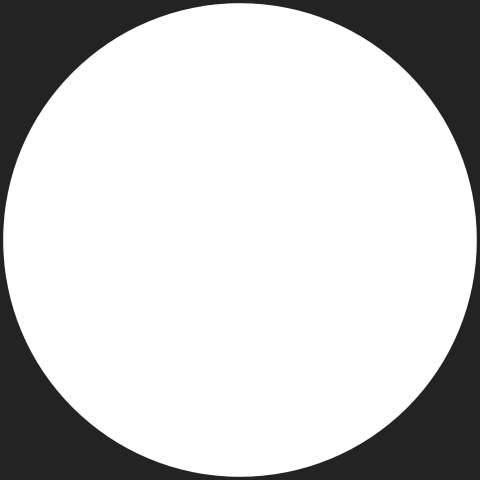
-
Article published in Web Architecture Magazine
http://www.arranz.net/web.arch-mag.com/anc/01.html -
WAM website architecture magazine
http://www.arranz.net/web.arch-mag.com/anc/01.html

